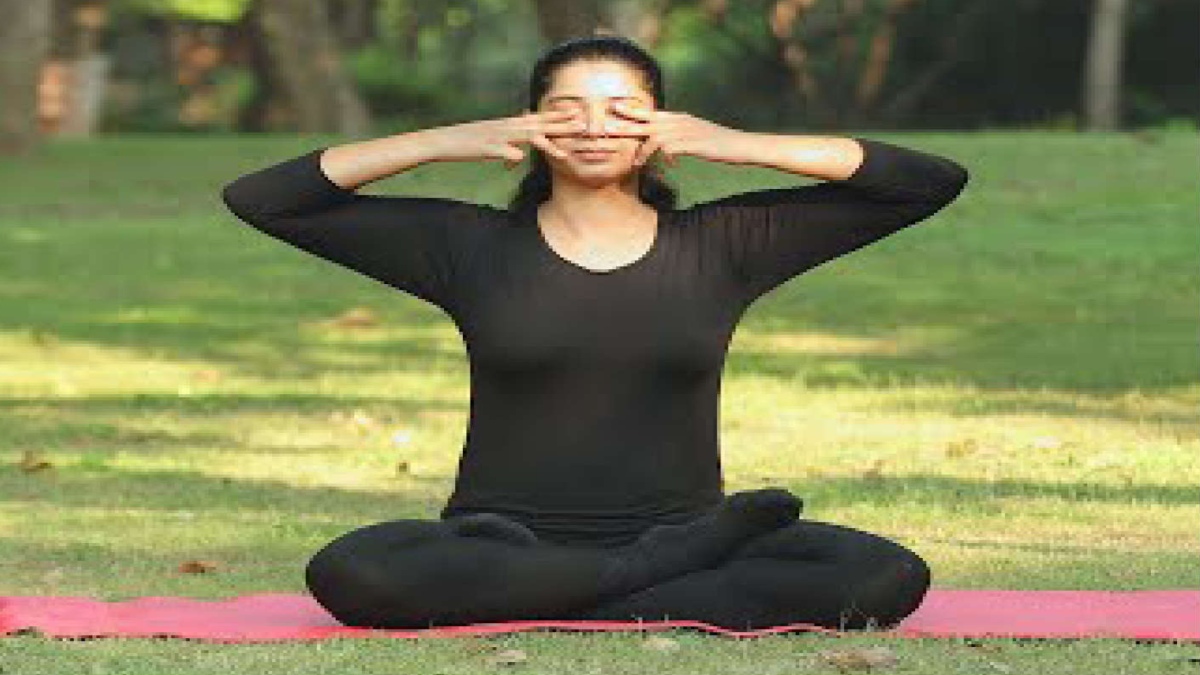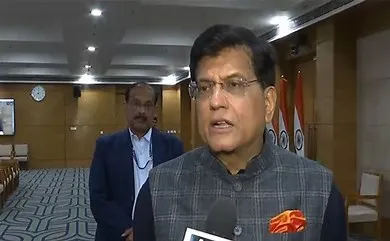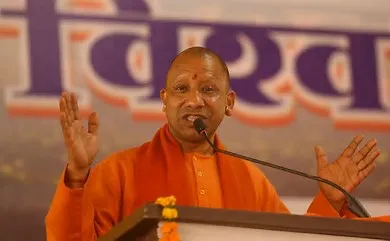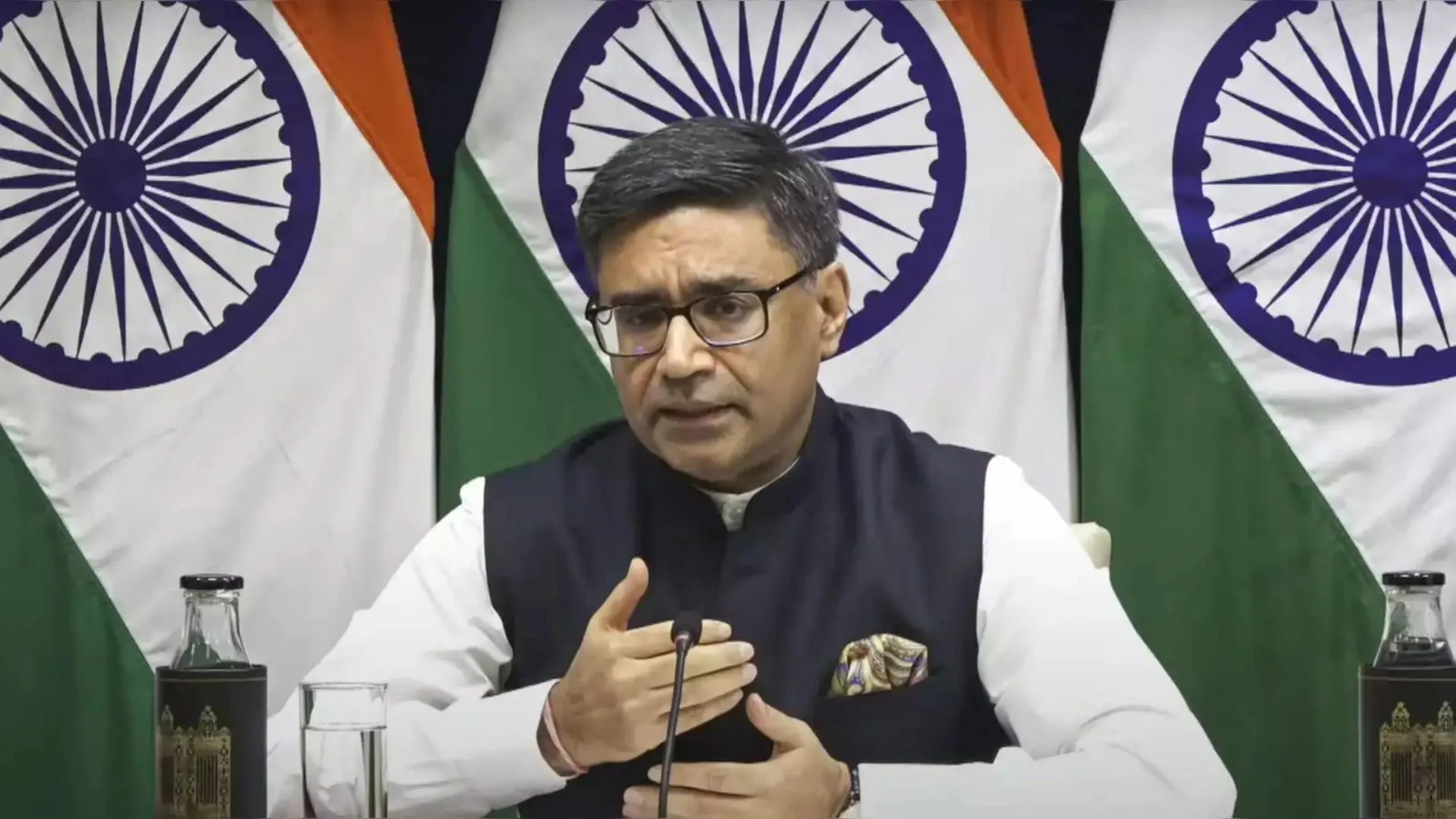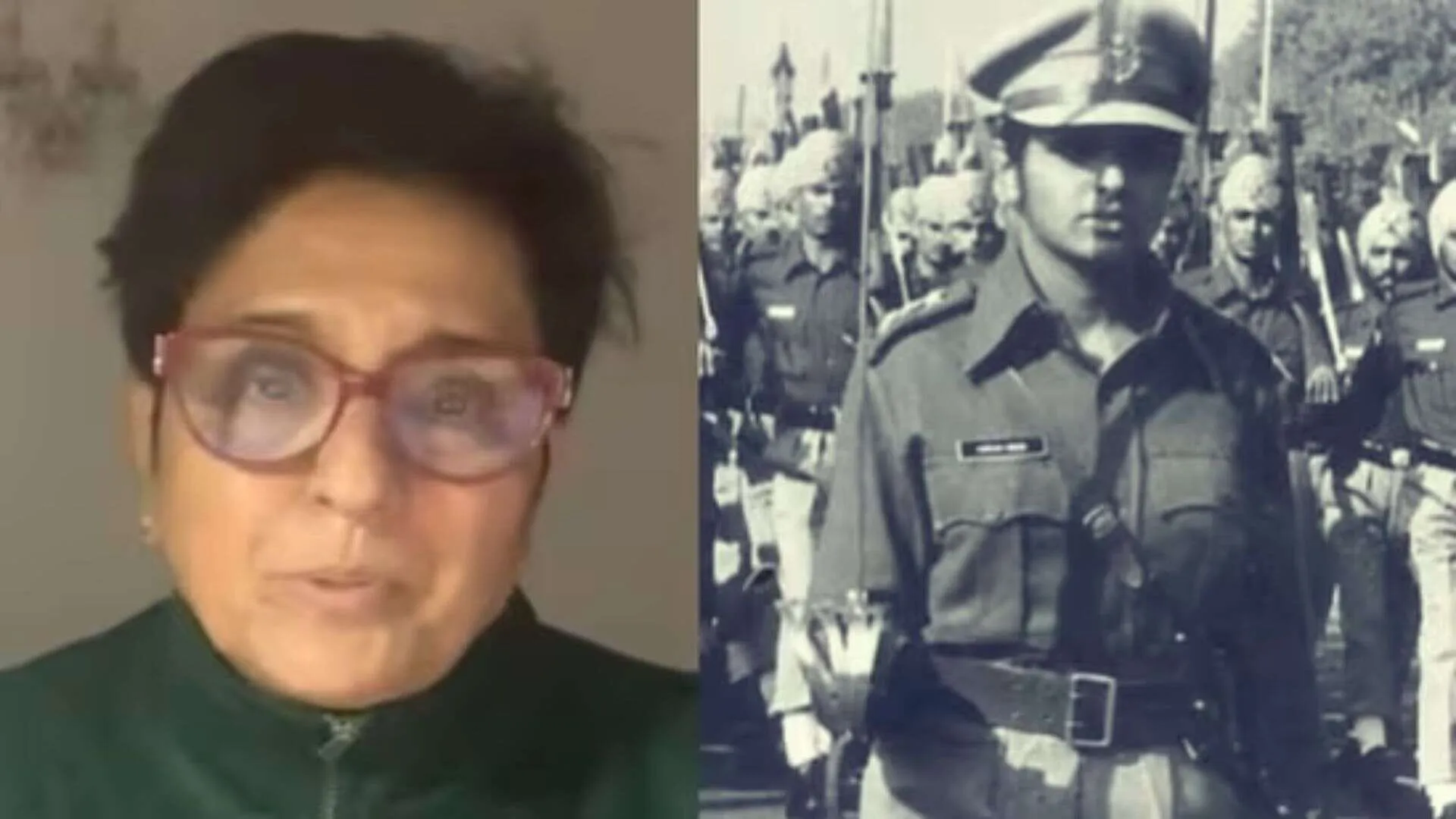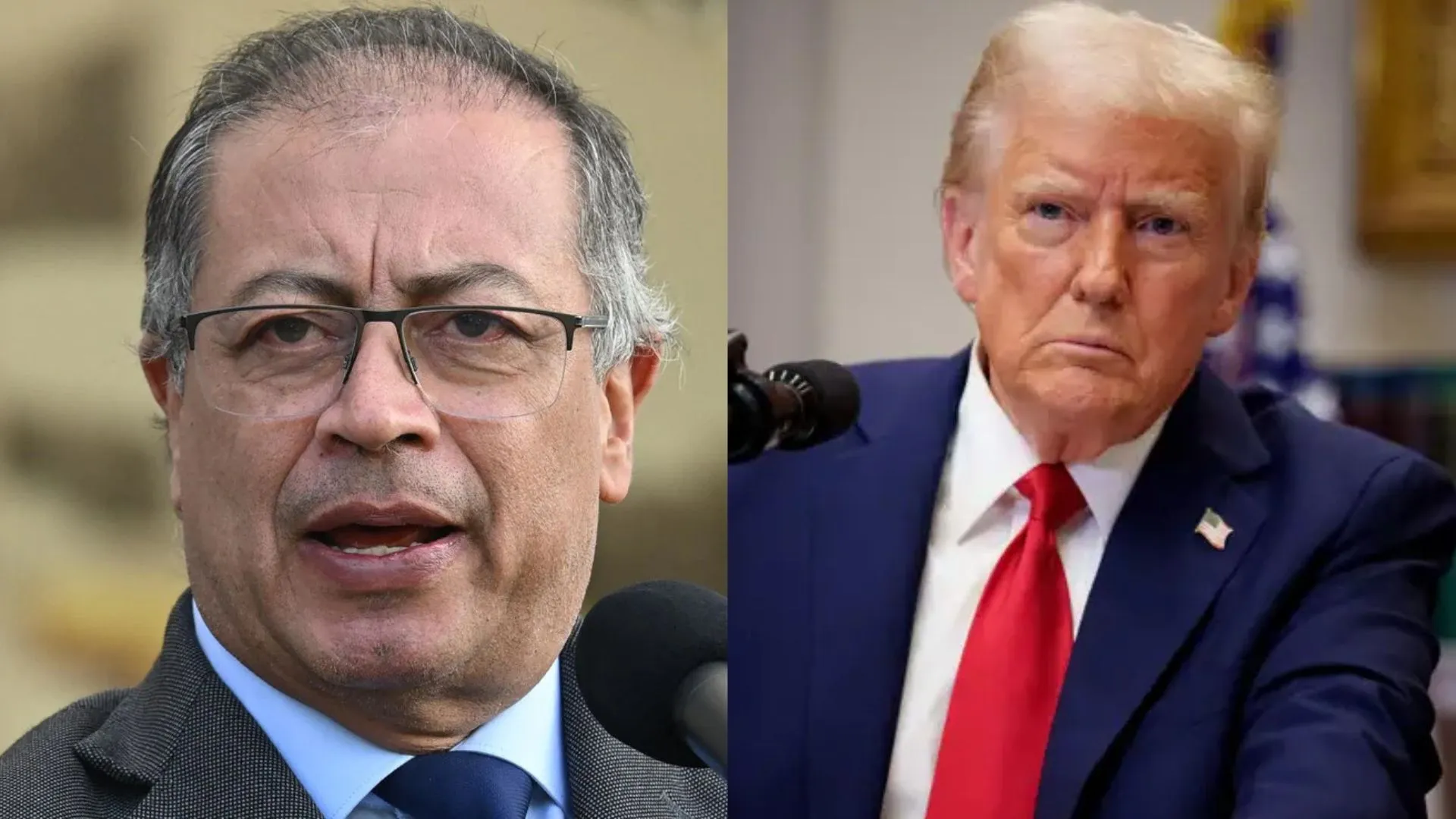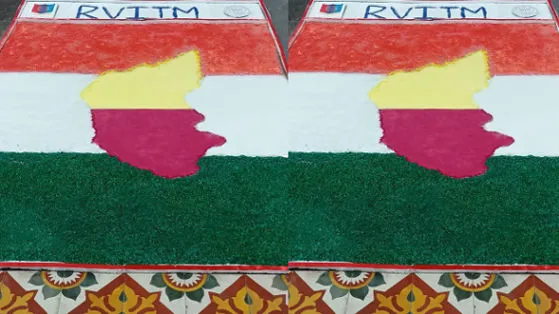The Covid-19 pandemic, one of the biggest crises in the history of humanity, has pushed the world many steps backwards economically, while many new social challenges apart from various issues at the front of education, health and employment have also cropped up. An aspect of the pandemic, which has been least discussed, is cultural.


As per my assumption, the ‘global’ fight against the Covid-19 was being fought on a scientific and medical ground based on a common protocol, but at the same time, different countries were approaching it in their own specific ‘local’ cultural terms. Based on some research, in this regard, I found the idea vindicated as a panel discussion on similar lines was held last year at the Massachusetts Institute of Technology, United States. The talk entitled “When Culture Meets Covid-19” attempted to understand against the framework of the ‘roles of social norms in countries’ the differing responses to the current pandemic through the lens of ‘national cultures and the response to the Covid-19 pandemic’. This was with the aim of studying how different countries had reacted in their dealing with the current epidemic, and how the national culture was expressed in and influenced their respective responses.
However, the discussion had its limitations, focusing mainly on the responses to the health-related protocols adopted for the containment of the Covid-19 pandemic such as the reticence of people of different countries regarding wearing masks. An instance pointed out was that of China, where wearing masks during a pandemic was a readily accepted practice — unlike the situation in say, the United States or some European countries. The major reason behind this abiding of the health protocol was that ‘China’s authoritarian rulers provided less room for public dissent, in dictatorial governance culture no exemption was tolerated. But there was no discussion either on the importance of how sundry, specific elements of a national culture proved to be helpful or could be so in fighting Covid-19. Another major drawback of this discussion was that it was confined to the United States and some West European countries along with East Asian countries like China, Japan, Korea, and a couple of countries from West Asia. Unfortunately, India, with its rich cultural heritage, was completely sidelined although Indian cultural elements have played a substantial role in the war against the Covid-19 pandemic.
A cursory assessment of the cases in India in comparison with the Covid-19 impact on various countries of the world, especially among the democratic and transparent developed nations, displayed a significantly lower mortality rate in the initial stage, despite India’s relatively less prosperity and less development and rudimentary healthcare infrastructure.
The US, England, Italy, Spain, Germany, Japan, South Korea, Australia, and Russia showed a higher mortality rate due to Covid-19 as compared to India. The data from the “Mortality Analyses” by Johns Hopkins University’s Coronavirus Resource Center as of 20 May 2021 indicates that countries, comparatively equivalent to India in terms of economic development and health infrastructure, like Brazil, South Africa or Egypt, had a considerably larger — double, triple, and five-fold death rate.
A major reason for the initial low mortality rate in India due to Covid-19, despite a relatively backward economic standing and poor health facilities, is the distinct cultural lifestyle of Indians. It’s a well-known fact that spices are used extensively in traditional Indian food. Turmeric, black pepper, cumin, coriander, cinnamon, cloves, parsley, cardamom, dry ginger, sweet neem, and mint etc. are an essential part of any Indian kitchen and have several health benefits. It was not without any grounds that the Ministry of AYUSH, Government of India, issued an official advisory for the use of a specific ‘Kaadha’, a herbal decoction of various spices and herbs available in the Indian household. Likewise, ‘milk with turmeric’ or ‘pouring oil in the nose’, parts of traditional Indian lifestyles were also emphasised upon given its various benefits. These instructions of the Government of India vastly benefited the mildly affected Covid-19 patients and a large segment of the Indian population.
It must be mentioned here that modern allopathy also considered these elements of Indian culture useful. For example, many super speciality hospitals of NCR, in addition to allopathic medicines, also provided ‘Kaadha’to Covid-19 patients. However, there is a growing need to create an adequate database by doing scientific research on these elements of Indian culture as a scientifically oriented study is lacking towards the same. Such a study will be useful not only for our health and wellbeing but it can be propagated all over the world, like yoga and turmeric latte which finds consumers worldwide, not to say acting as another booster for Indian soft power.
The scientific capability of ancient Indian culture for fighting coronavirus or other viruses is beautifully delineated in a recent article published in a national English newspaper. The article maintains that extensive scientific research conducted in the last 20 years by globally renowned medical research institutes establish how a breathing exercise called ‘humming’ helps generate nitric oxide in the nose with the propensity for reducing the viral load of Covid-19 up to 99.9%. The same article indicates that ‘humming’ is synonymous with the ancient Indian ‘pranayama’ ‘Bhramari’ or the chanting of the mantra ‘Om’ by Indian yogis.
It must be mentioned for the kind information of Westernised Indians or ‘rational’ sceptics, proudly and mistakenly displaying a negative predisposition and disdain towards ancient Indian knowledge system, who would have willingly ridiculed it calling it a ‘hoax’, that this article was written jointly by three doctors, including a former director of the Indian Council of Medical Research. Also, one among the three is a US-born and US-educated professor cum doctor. Similarly, yoga and pranayama, especially the ‘Anulom-Vilom’, and ‘Bhastrika’, are very helpful in maintaining oxygen level, along with strengthening the lungs and reducing post-Covid depression. Yoga and pranayama are widely followed across the world. But I suggest that it needs to be promoted worldwide as a supplementary or complementary remedy for allopathic treatment to deal with Covid-19. Indian embassies located in different countries should help amplify the same.
As of now Covid-19 medication is still in its formative stage, a line of treatment followed initially is found to be superfluous at a later stage as in the case of plasma therapy; during such times fortifying one’s own immunity is only wise. Traditional Indian Ayurvedic medicine like ‘Giloy’ or ‘Guduchi’, found in every village-town of the country, and popularised/brought to modern Indian homes by yoga-guru Ramdev, along with herbs like ‘Ashwagandha’, ‘Amla’ have helped the majority of Indian families to boost their ‘Pratirodhak Kshamta’ or immunity. In addition, ‘Tulsi’, present in almost every Indian Hindu household for daily ‘puja’s prasad’ has also been found to be effective. Many health experts have endorsed the importance of these as immunity boosters. Although, in this context as well, modern scientific research is required with necessary data for adoption as a health protocol that can help boost the immunity of people across the world. Such studies would prove highly pertinent in coming times, as the danger of biological invasion or warfare from countries like China continues to loom large, whereby more new viruses can be (ab)used. In such cases, where the absence of an immediate cure of a new virus is threatening and damaging for nations, immunity will be the primary recourse to deal with the same.
In the current scenario, the findings of a research paper, published in the January 2021 issue of ‘American Journal of Emergency Medicine’ becomes particularly important. It suggests that the ‘incentive spirometer’ is useful for the treatment of mild to moderate Covid-19 patients. ‘spirometer exercise’, on the one side, will strengthen the lungs, and on the other, will stop the formation of mucus or phlegm, reducing the chances of contracting pneumonia. An incentive spirometer is a device used for practising deep breathing and blowing. Here, one must remember the tradition of blowing ‘Shankh’ or conch shell among Indian Hindu families during ‘puja’ and other occasions instilling healthy practices in the day to day life of people.
Another aspect of ancient Indian culture, which can be explored is purifying the environment as mentioned in our Vedas; the smoke of ‘Yajna’ purifies the atmosphere eliminating germs, bacteria and viruses.
One of my friends, a senior allopathic doctor in the Indian Army, advised that apart from following the treatment by modern medicines, a ‘Hawan’ in the house, as its smoke purifies the atmosphere at all times bringing about positivity.
Almost the same has been recommended by a senior Ayurvedic doctor, working in one of the most renowned allopathic hospitals in the country and Delhi, through a video message recently, in which ‘Hawan’ or smoke of ‘Guggul’, ‘Kapoor’, ‘Lohbaan’ etc. has been insisted on for the same reason of purification of the environment. The need of the time again is to give this practice a scientific bolstering through modern research.
It has been our misfortune that post-Macaulay or even after 70 years of independence, we are ignorant of most of our ancient knowledge and scientific traditions. It would be pertinent and need of the hour that these elements of Indian culture be introduced in the school curriculum of NCERT, etc.
The fight against the Covid-19 pandemic will be on scientific and medical grounds but incorporating the scientific elements of ancient Indian culture will be a big help in defeating it.
The author teaches at the Central Department of Hindi, University of Delhi and has earlier taught in various American universities. The views expressed are personal.

